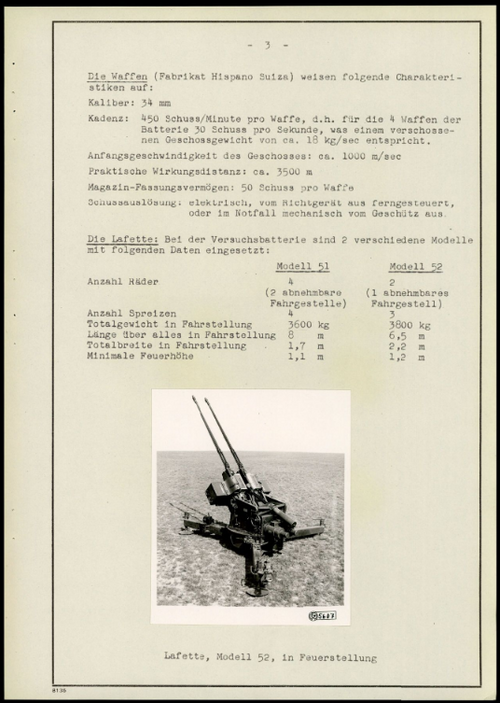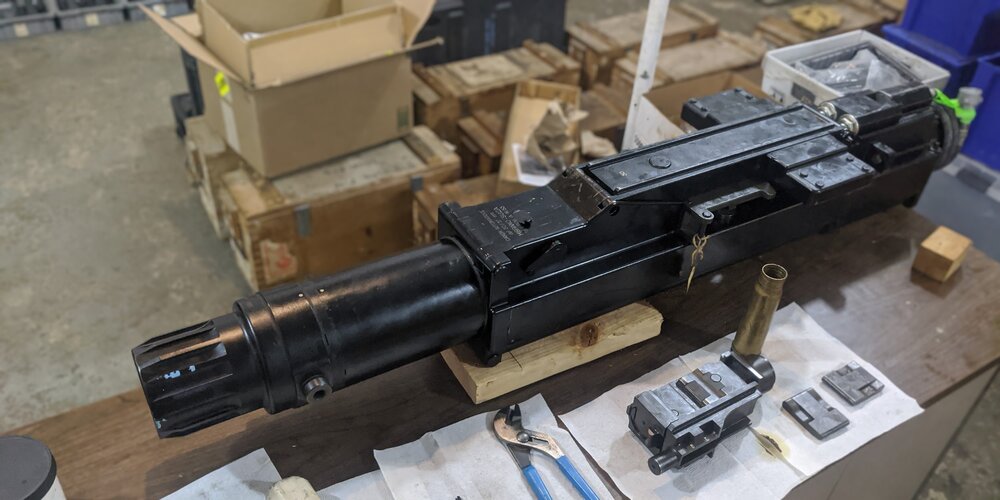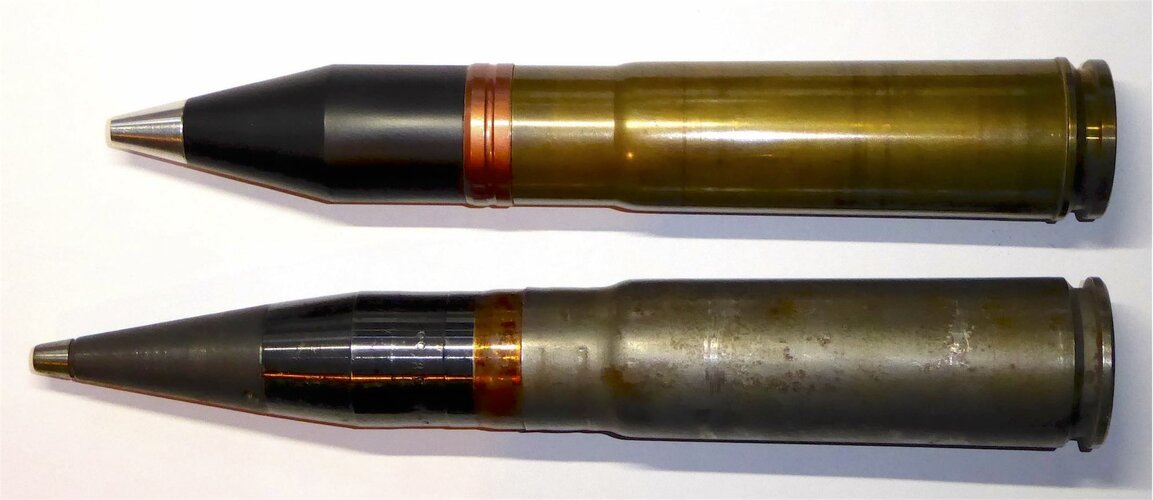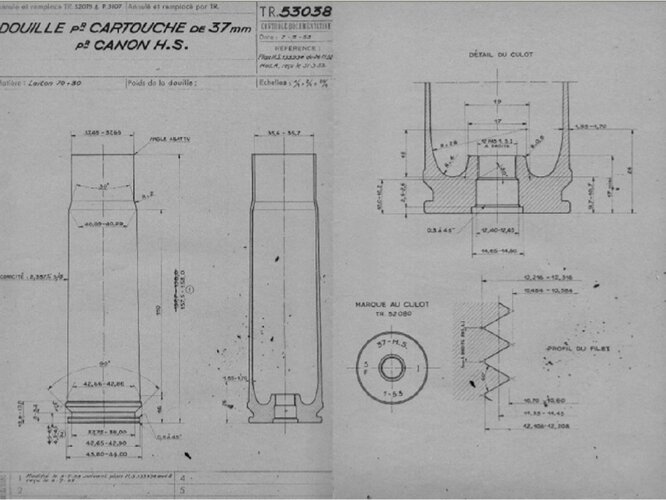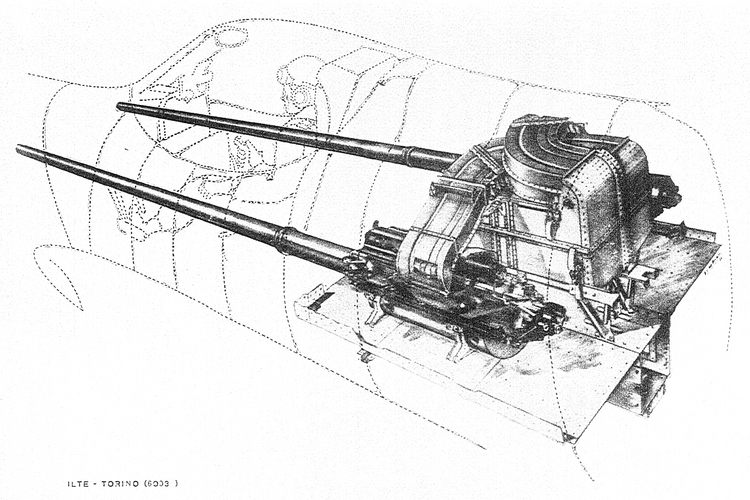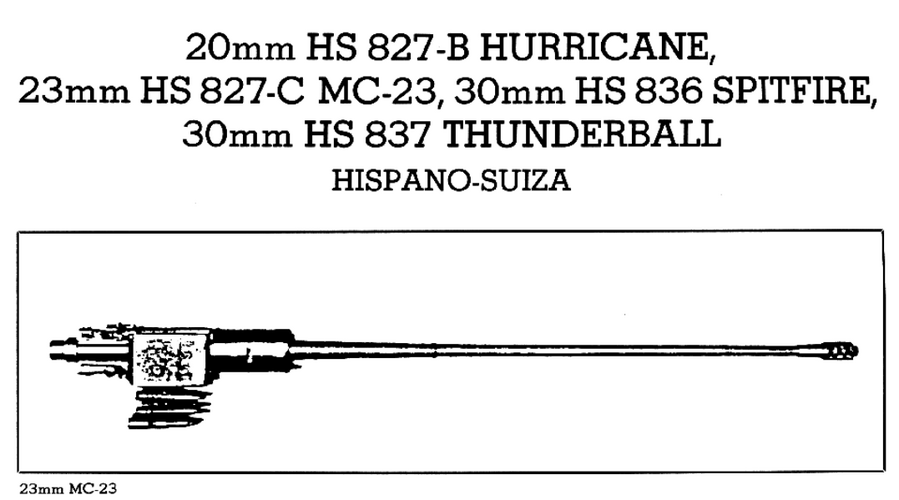blockhaj
Swedish "want to be" aviation specialist
- Joined
- 9 February 2017
- Messages
- 383
- Reaction score
- 455
Thought we could start a thread on Hispano-Suiza gun projects.
Some examples (please fill in):
Some examples (please fill in):
- HS.7 (20x110)
- HS.9 (20x110)
- HS.404 (20x110)
- HS.406 (23x122)
- HS.407 (23x122)
- HS.408 (25 mm caliber)
- HS.410 (30 mm caliber)
- HS.603 (30x158)
- HS.604 (30x158)
- HS.606/30 (30x158)
- HS.606/37 (37x158B)
- HS.804 (20x110)
- HS.808 (7.5x55) - LMG
- HS.820 (20x139)
- HS.825 C (30x136) - L/70, cradle I
- HS.825 D (30x136) - L/53, cradle I
- HS.825 E (30x136) - L/53, cradle II
- HS.825 F (30x136) - L/70, cradle II
- HS.827 B (20x139)
- HS.827-C (23x133)
- HS.830 (30x170)
- HS.831 (30x170)
- HS.834 (34x239)
- HS.836 (30х138)
- HS.837 (30х138)
- HS.840 (40x239)
Last edited:


